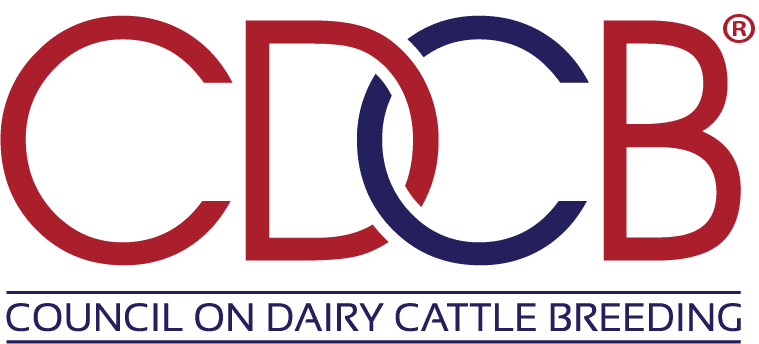August 2025 Evaluation Changes: What’s New?
Written by CDCB
July 10, 2025

The August 2025 triannual genetic evaluations include the introduction of a new trait for Holsteins, the implementation of the five-year base change for calving traits, and updates to two other traits.
Introduction of Milking Speed for Holsteins
New in August 2025, the genetic selection trait for Milking Speed (MSPD) provides dairy producers with an opportunity to further optimize parlor efficiency through genetic improvement.
MSPD evaluations for male and female Holsteins predict the average pounds of milk an animal’s offspring will give per minute in a conventional milking system. Evaluations are expressed on a phenotypic scale (pounds per minute) with a Holstein breed average of roughly 7 pounds per minute.
Milking Speed is a trait evaluated in several breeds internationally; however, most current national evaluations utilize subjective scoring. The new MSPD trait developed by CDCB and research partners for Holsteins eliminates the human factor in scoring by collecting the necessary data through in-line sensor technology from parlor systems. The MSP trait (Milking Speed for Brown Swiss and Milking Shorthorns published by CDCB) will continue to rely on subjective data collected by classifiers.
Learn more about this new trait:
Calving Traits Base Change
Calving traits calculated by CDCB for Holstein and Brown Swiss will undergo both a phenotypic and genetic base change. This comes after the routine five-year base change was delayed for the April 2025 evaluations following unanticipated results. Further investigation has validated the initial calculations.
In the calving ease and stillbirth evaluations, a sire-maternal grandsire threshold model is used, where outputs are expressed in terms of probabilities or frequencies of difficult calvings (or stillbirth). In this model, the observed calving difficulty (or stillbirth) is understood as a combination of two factors: genetics (which we aim to improve through selection) and environment (management factors such as feeding and gestation practices). Environmental effects are incorporated into the final PTA because, for example, sires’ daughters calving in a “poor” environment will generally experience more difficult calvings, while daughters calving in a “good” environment will tend to have easier births.
The combined effect of the genetic and phenotypic base changes will result in a reduction in PTAs (indicating easier calvings) of approximately 0.8% in Holsteins. The opposite trend will be observed in Brown Swiss, where PTAs will reflect an increase in difficult calving of about 0.6%.
Learn more about the traits, the anticipated PTA changes, and the investigation of the April results:
Residual Feed Intake (RFI) Updates
Residual Feed Intake (RFI) evaluations include regressions on the genomic predictions from the previous evaluation for Energy Corrected Milk (ECM) and Body Weight Composite (BWC). This adjustment helps remove remaining genetic correlations between RFI and these traits. As a result, some changes in RFI evaluations may be observed in the August release, due in part to the use of PTAs that now reflect the updated genetic base implemented in April.
For phenotyped cows, the average change in ECM PTA due to the base update was 1,804 pounds, with values ranging from 1,231 pounds to 2,305 pounds. Correlations of phenotypic RFI values between the April evaluation and current testing exceed 0.99. Similarly, correlations of traditional PTAs across all animals in testing also remain high (> 0.99).
Among active AI bulls (April 2025, n = 651), the correlation between previous and testing RFI PTAs is 0.95. The average change in RFI PTA for these bulls was -7 pounds, ranging from a decrease of 440 pounds to an increase of 214 pounds.
Minor changes in RFI evaluations may also result from recent corrections to animal identification and pedigree data for phenotyped animals.
Gestation Length International Validation and Exchange
During the routine May 2025 test run, the Gestation Length trait successfully completed Trend Methods I and III validation at Interbull. Beginning with the August 2025 evaluation, foreign evaluations will be incorporated into the U.S. Gestation Length evaluations for the Ayrshire, Brown Swiss, Holstein, and Jersey breeds.
The initial expectation was that the impact of this inclusion would be limited, as only two foreign countries — Australia and Switzerland — are contributing data to the U.S. Gestation Length evaluation. Correlations between domestic EBVs and MACE exceeded 0.98 for all four breeds, supporting this expectation. Nonetheless, a modest gain in reliability is anticipated.
